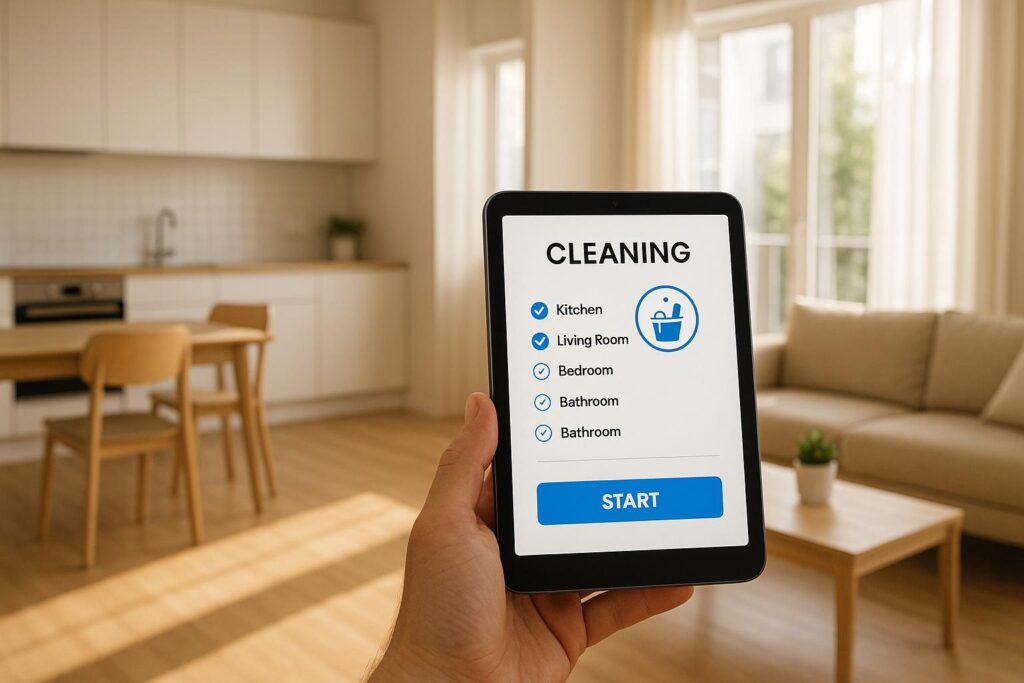-
Types of Assistance:
- Grants: Free money, no repayment needed.
- Deferred Loans: Pay later when you sell or refinance.
- Forgivable Loans: No repayment if you stay in the home long enough.
-
Key Programs in Austin:
- City of Austin DPA Program: Interest-free loans that may be forgiven.
- Travis County Hill Country Home Program: Grants based on loan percentage.
- Texas State Housing Corporation: Programs for public servants and first-time buyers.
-
Eligibility Requirements:
- Income and credit criteria.
- Must live in the home as your primary residence.
- Complete a homebuyer education course.
-
Application Process:
- Gather documents like income proof, credit reports, and tax returns.
- Apply through approved lenders or program portals.
Pros: Lower upfront costs, flexible loan options, and added guidance.
Cons: Income limits, property restrictions, and additional paperwork.
If you’re ready to navigate Austin’s competitive housing market, these programs can make homeownership more accessible. Start early, complete the required steps, and work with local experts to secure your dream home.
New program assists first-time homebuyers with down payment
Understanding Down Payment Assistance
Down payment assistance (DPA) programs are designed to help homebuyers cover the upfront cost of a down payment. In Austin, these programs make buying a home more achievable by providing financial support through different methods.
Types of Assistance
Here are some common ways DPA programs provide help:
- Grants: These funds don’t need to be repaid.
- Deferred loans: These act as a second mortgage, but repayment is delayed until you sell or refinance the home.
- Forgivable loans: These loans are forgiven over time, as long as you continue living in the home.
General Eligibility Criteria
While requirements depend on the specific program, most applicants need to meet these basic conditions:
- Meet the program’s income and credit requirements.
- Use the property as a primary residence within the program’s designated area.
- Complete a homebuyer education course.
- Contribute a small amount of personal funds toward the purchase.
Each program has its own rules, so it’s important to review details and work with approved local lenders. The next section will cover Austin’s main assistance programs.
Austin’s Main Assistance Programs
Austin offers several programs to help residents with down payments, making homeownership more accessible. Each program has its own eligibility rules and benefits, tailored to meet the needs of different buyers.
City of Austin Down Payment Assistance Program
This program provides financial aid to qualifying homebuyers within Austin’s city limits. It offers a deferred, interest-free loan that may be forgiven if residency conditions are met. To qualify, applicants must meet specific income and property requirements and complete a certified homebuyer education course.
Travis County Hill Country Home Program
The Travis County Hill Country Home program offers grants based on a percentage of the total loan amount. Open to eligible buyers across the county, this program requires applicants to meet income and property guidelines and make a small personal contribution. It supports various loan types, including conventional, FHA, VA, and USDA loans.
Texas State Housing Corporation Programs
The Texas State Housing Corporation provides two key programs:
- Homes for Texas Heroes: Designed for public servants like teachers, firefighters, and police officers, this program offers down payment assistance, competitive mortgage options, and potential tax credit benefits.
- Home Sweet Texas: Targeted at first-time homebuyers, this program provides assistance based on a percentage of the loan amount and includes fixed-rate mortgage options.
Eligibility for these programs depends on income and varies by county. In many cases, they can be combined with other local assistance programs. Be sure to review the application process to take advantage of these opportunities.
sbb-itb-4c99469
Application Process
Once you’re familiar with the programs available, here’s how to apply for down payment assistance:
Steps to Get Started
-
Initial Preparation & Consultation
Reach out to a local real estate agent who has experience with down payment assistance programs. They can help you find the right home and make the most of the benefits. -
Program Selection
If you’re moving to Austin, connect with a relocation specialist. They can provide details about neighborhoods and guide you through the available program options.
What You’ll Need
Most programs typically ask for:
- Proof of income and assets
- Credit report and history
- Certificate from a homebuyer education course
- Signed property purchase contract
- Employment verification
- Tax returns from past years
Submitting Your Documents
You can send in the required paperwork through:
- Your lender
- The portal for the specific assistance program
- A housing counseling agency, if applicable
Be sure to keep copies of everything you submit and stay in touch with your program representative to ensure a smooth process.
Pros and Cons
Knowing the upsides and challenges of down payment assistance programs in Austin can help you decide if they align with your homebuying goals.
Advantages
Down payment assistance programs in Austin come with several perks:
Lower Upfront Costs
- Programs reduce initial expenses through grants or loans that may be deferred or forgiven.
- Loans can be forgiven after meeting residency rules.
- Assistance can cover both the down payment and closing costs.
Flexible Options
- Some programs offer 0% interest loans with no monthly payments.
- Eligible buyers can combine multiple forms of assistance.
Extra Guidance
- Many programs include homebuyer education courses.
- Housing counselors are available to assist throughout the process.
- Oversight helps guard against predatory lending practices.
Drawbacks
While these programs are helpful, they do have limitations. Here’s what to keep in mind:
| Limitation Type | Details |
|---|---|
| Income Caps | Applicants must meet income limits set by the program. |
| Property Restrictions | Only properties within certain price ranges qualify. |
| Location Requirements | Homes must be in specific areas of Austin or Travis County. |
| Occupancy Rules | Buyers must live in the home as their primary residence for a set time. |
Other Considerations
- Processing times can take longer than traditional loans.
- Extensive paperwork is required.
- High demand means funds may run out quickly.
- Limited number of approved lenders to choose from.
- Homes must meet specific condition standards.
- Completion of a homebuyer education course is mandatory before closing.
Weigh these factors carefully to determine if these programs fit your homebuying needs in Austin.
Conclusion
Down payment assistance programs continue to play a key role in helping Austin residents achieve homeownership in 2025, especially for first-time buyers dealing with rising property prices. These programs provide financial support that can significantly lower upfront costs.
Making the most of these opportunities requires thoughtful planning and guidance from professionals familiar with Austin’s housing market. As Dr. Alex M. shared, "As first-time home buyers, we couldn’t have asked for a better realtor."
Here’s a quick recap of the steps to follow for success:
- Start early, complete any required education, and work with knowledgeable local agents to stay on track with program deadlines.
With these steps in mind:
"Let us connect you with the top local real estate agents who can turn your housing dreams into reality." – Austin Local Team
By tapping into assistance programs and collaborating with experienced professionals, the path to owning a home in Austin becomes much clearer. As Greg & Sylvie C. noted: "He helped us understand the process of buying in America, and was patient with our questions."
Though these programs come with specific requirements, they can open the door to homeownership for many who might otherwise struggle to enter Austin’s competitive market. With the right preparation and expert help, you can navigate the process with confidence and turn obstacles into opportunities.







